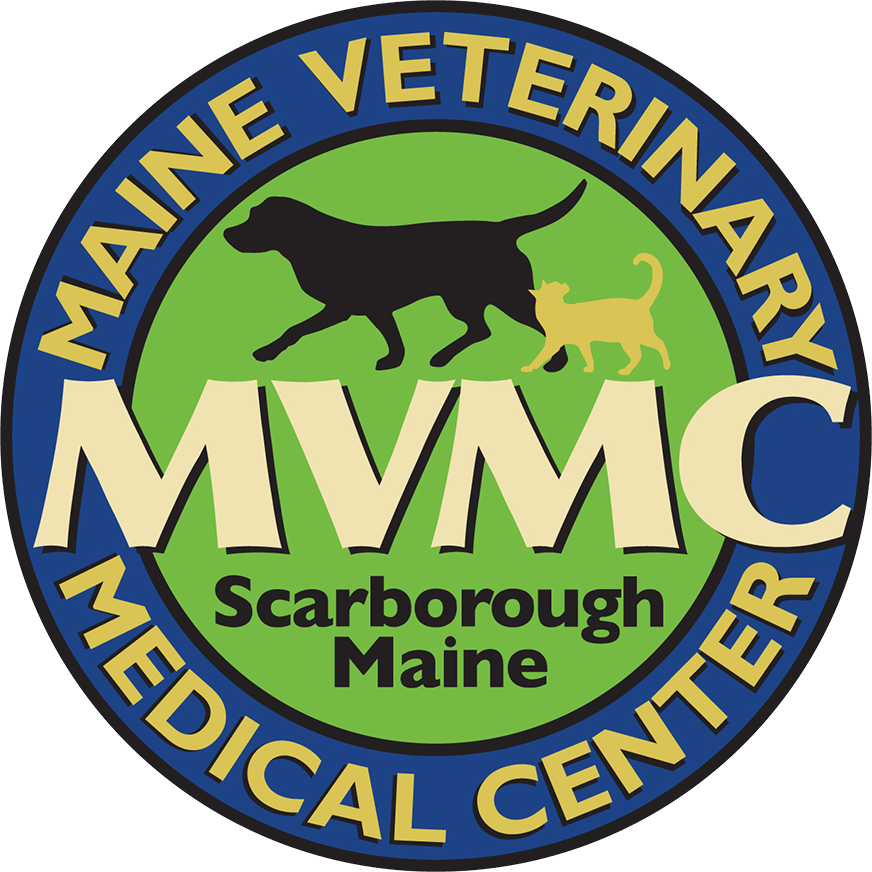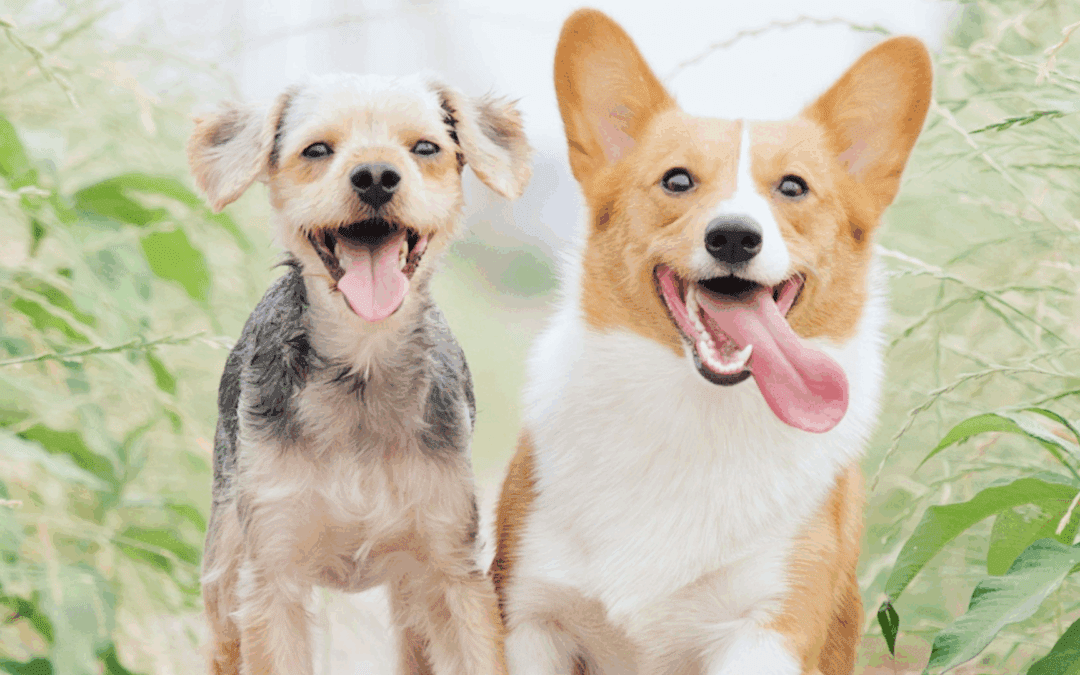When you drop your pet off for surgery, you’re doing something huge.
You’re handing over a family member. You’re trusting a stranger with a scalpel and a heartbeat you love.
I don’t take that lightly.
As a veterinary surgeon, I’ve spent years studying anatomy, procedures, complications, and outcomes. But in practice? It’s never just about what the textbook says.
It’s about your dog who still chases tennis balls at age 12.
It’s about your cat who curls up with your kids every night.
It’s about you—and what a good outcome means for your family.
What Really Happens on Surgery Day?
Once we take your pet to the treatment area, the wheels start turning:
- A dedicated nurse does a full pre-anesthetic check.
- An IV catheter is placed and fluids started.
- Your pet receives tailored medications to relieve anxiety and provide preemptive pain relief.
- We anesthetize and monitor your pet with the same level of vigilance you’d expect in a human OR—EKG, blood pressure, oxygen, CO₂, temperature.
- And then, in a fully sterile operating suite, we operate with care, precision, and Respect.
Surgery isn’t routine. Not for us, and definitely not for your pet. Every cut, every suture is made with intention.
So, What Kind of Surgeries Do We Do All Day?
Cruciate Ligament Repairs (TPLOs, etc.):
If you’ve got a limping Labrador or a couch-surfing pit bull, odds are we’ve seen this before—and we’ve got solutions that work.
Mass Removals (Big or Small):
We don’t just cut things out. We weigh risks, run diagnostics, consider margins, and discuss what you want from the outcome.
Foreign Bodies:
If it can be eaten, we’ve probably removed it—from corn cobs to pacifiers to entire tube socks. (Yes, plural.)
Emergency Surgeries:
Bloat. Bleeding. Infections. Middle-of-the-night heartbreak. We’re here for those, too.
Our Approach Is Never One-Size-Fits-All
Here’s the truth: there’s often more than one “right” way to treat a surgical case. That’s where our work really begins.
We take what we know from the literature, from experience, and from thousands of prior surgeries—and then we tailor it.
We talk to you. We ask what your goals are. Maybe it’s getting your pup back on trail hikes. Maybe it’s buying gentle, loving time for a pet nearing the end. Maybe it’s maximizing quality of life while minimizing cost.
We believe in surgical plans that reflect your goals, not just our medical playbook.
How You Can Help Before and After Surgery
Before:
- Follow all instructions (especially about food and meds).
- Let us know if your pet is anxious or has quirks we should be aware of.
- And try to stay calm—your pet feels your energy.
After:
- Keep the cone on. (Seriously. Even if they “seem fine.”). And please don’t use the inflatable donut collar unless you want to see what an incisional complication looks like.
- Leash walks only unless we say otherwise.
- Give meds exactly as prescribed.
- Reach out with any questions. We’d much rather reassure you early than fix something late.
To Our Referring Vets: We See You
You’re juggling complex cases, tough conversations, and limited time. When you send a patient our way, it’s not just a referral—it’s a relationship.
Here’s what we promise:
- We’ll communicate clearly and quickly.
- We’ll send reports that are actually helpful (and not full of jargon).
- We’ll respect the trust you’ve built with your client.
- We’ll collaborate—before, during, and after surgery.
We’re here to make your life easier, not more complicated.
Final Thoughts
Surgery isn’t just a procedure. It’s a process—of decision-making, communication, compassion, and healing.
To pet parents: Your input matters. Your love for your pet drives the entire plan. You’re not just part of the team—you’re the captain.
To veterinarians: Thank you for your trust. You set the stage for everything we do, and we’re proud to be on your side

